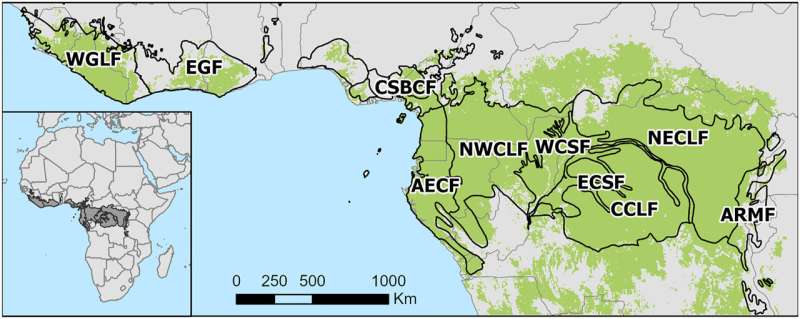
A new study presents the first large-scale analysis of fire patterns in West and Central Africa’s wet, tropical forests. The number of active fires there typically doubled over 18 years, particularly in the Congo Basin. The increases are primarily due to increasingly hot, dry conditions and humans’ impact on the forests, including deforestation. The increase in forest fires is likely to continue given current climate projections, according to the study.
With fires increasing in other historically wet forests, such as the U.S. Pacific Northwest and the Amazon, wet forest fires can no longer be ignored, the researchers say.
“Historically, scientists have not considered fire to be an important part of wet, tropical forests, but there’s been work in the Amazon in recent decades that has suggested otherwise,” said Michael Wimberly, an ecologist at the University of Oklahoma who led the study. “We need to start thinking about wet forests as being susceptible to fires and considering fire an important impact of climate change in tropical forests.”
“I was surprised at how strong and clear the climate signal was,” Wimberly said.
The findings provide critical insights into how climate change could influence African forest fire activity, particularly during El Niño years, and highlight the need to control fires at forests’ edges to prevent harmful feedback loops: A fire-affected forest is more likely to have less canopy cover and more fragmentation, increasing its fire risk.
“Tropical forest fires have been long overlooked, but they’re only going to become more important in the future,” Wimberly said. “We can’t ignore them any longer.”